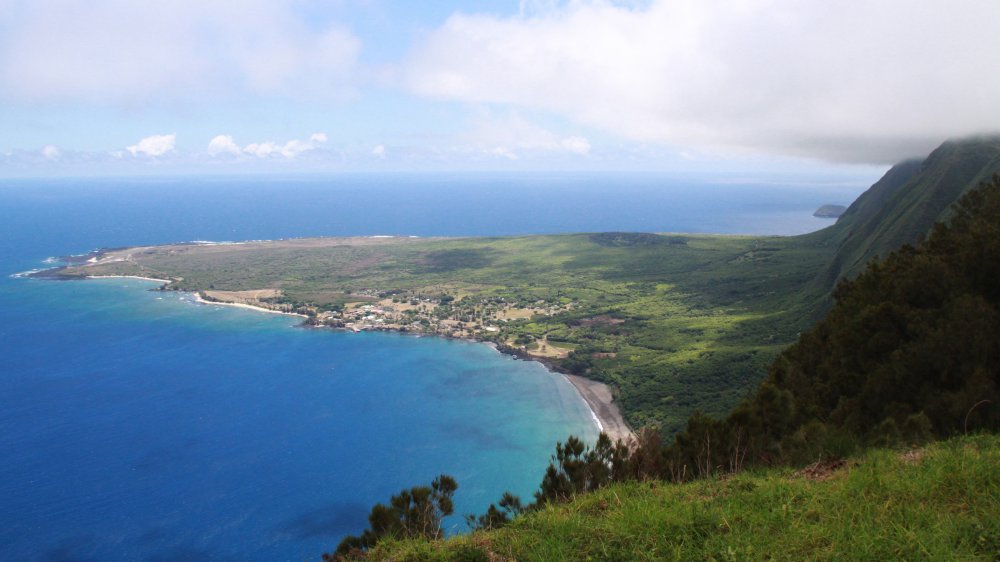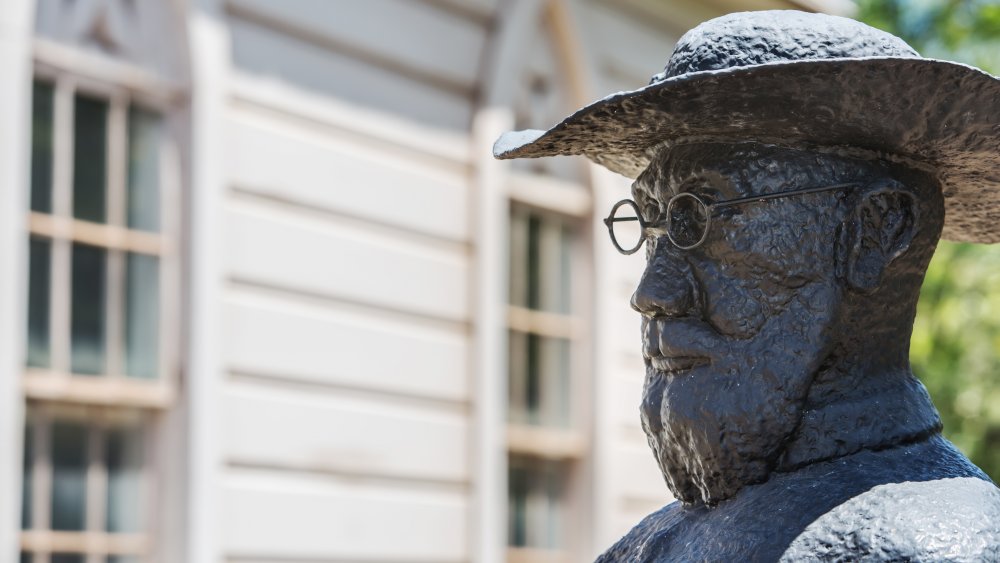The Tragic Truth Of Hawaii's Leprosy Colony
Today we refer to leprosy as Hansen's disease, named for the Norwegian physician who first identified the causative agent back in 1873. But the disease itself has been around for millennia — with indications found in human remains dating back to around 2000 BCE. Until the 1940s it was a very slow-moving death sentence, and also one of the few instances in human history where it was a crime to be sick.
Leprosy first showed up in Hawaii as early as 1823. How it arrived isn't certain. Some say it was spread by foreign laborers; others claim it was spread by a Hawaiian king who acquired it while abroad and brought it home. Either way, by 1865, leprosy was common enough that the government tried to halt its spread by sentencing patients to involuntary life-time isolation at Kalaupapa, on the island of Molokai. According to Kalaupapa: A Collective Memory, by Anwei Skinsnes Law, at the beginning of June, 1866, 87 people were sentenced to exile at Kalawao, a small settlement on the Kalaupapa Peninsula of the Island of Molokai. In time, some 8,000 people would live there.
Damien was struck by leprosy, too
In terms of isolation, the peninsula was ideal: the sole access points were one small, difficult footpath down the mountainside, and the beach. Fear often caused arriving patients to be offloaded into the surf itself, forcing them to struggle ashore as best they could. While the geography made it relatively easy to keep patients in and others out, it also served to tear families apart. Hawaiian culture then and now is deeply familial, and it was not uncommon for healthy family members to join the forced exile of patients, to maintain the family unit and provide care. In time, the leprosy colony developed its own culture. Outsiders came to help create and maintain a healthier environment, perhaps most famously a Catholic priest, Damien de Veuster, and Sister Marianne Cope. Father Damien eventually contracted and died from the disease. According to John Tayman's The Colony, a genetic predisposition is necessary to become infected, something that was only discovered in 2004 by a team of Canadian researchers. Hawaiians tend to be genetically vulnerable, as do some French.
The colony's isolation resulted in its own family ties, and when medical breakthroughs arrested and, later, cured the disease, the law was lifted. Nevertheless, many people of the colony chose to remain. According to CNN, a handful continue to live there today.

